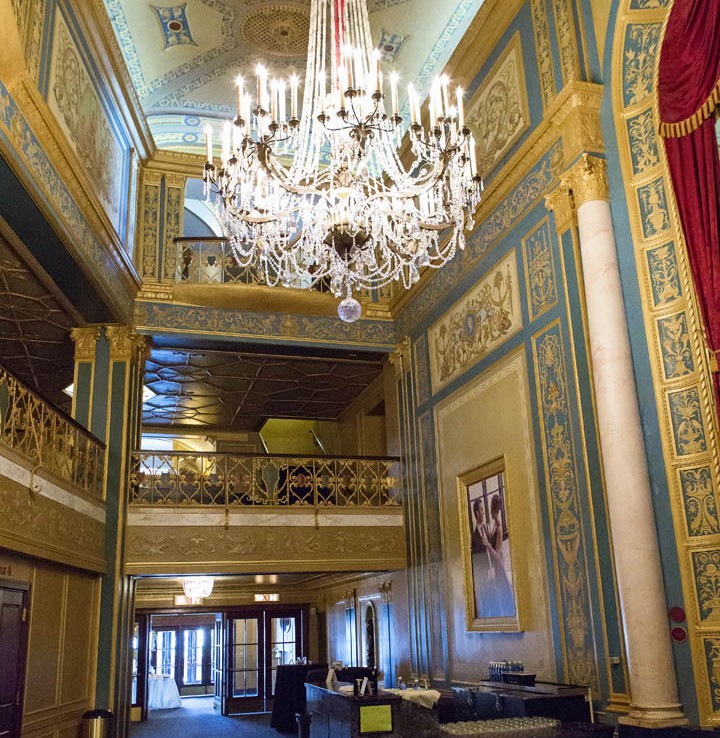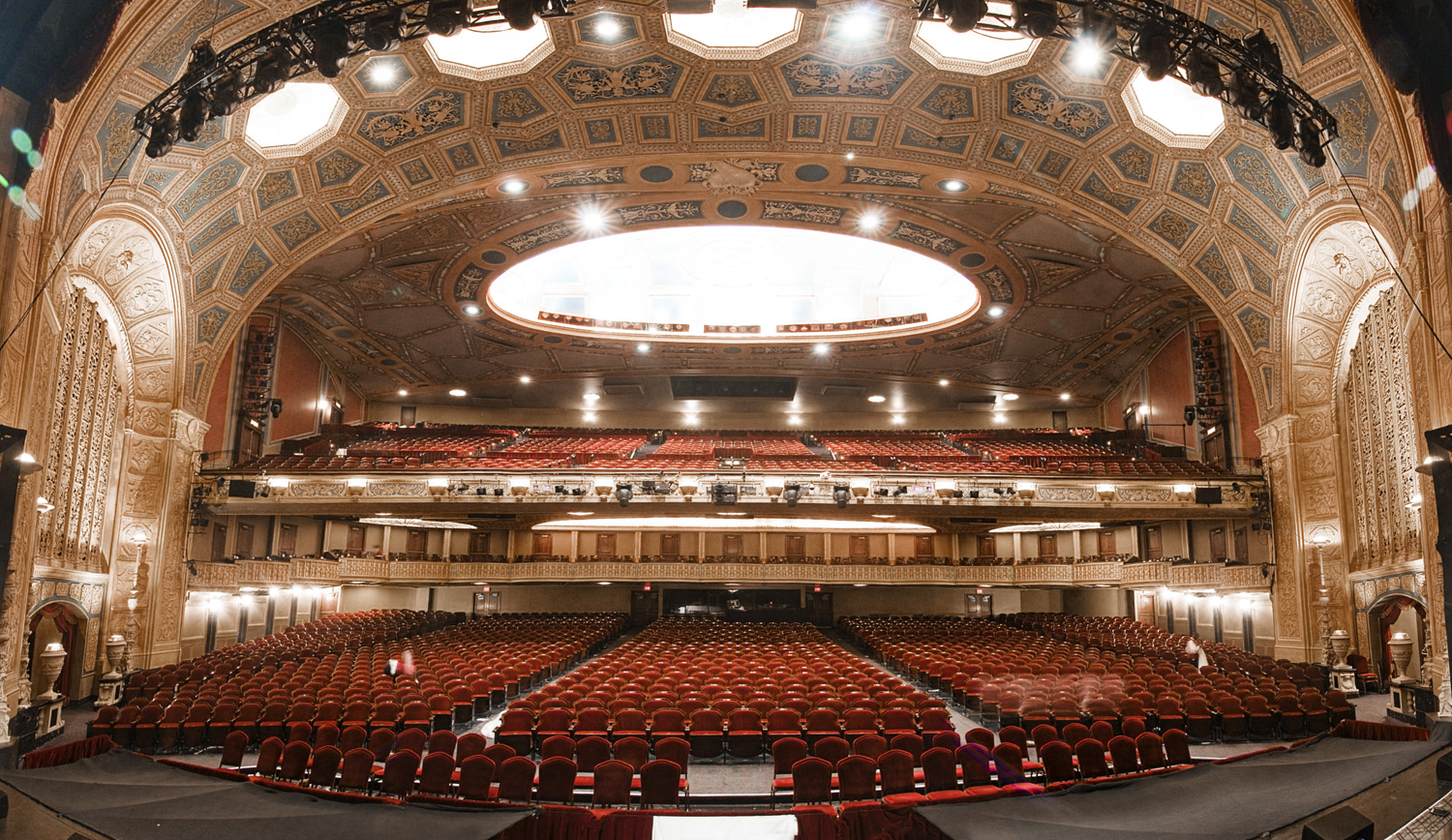
ĭuring the first few decades of its history the theater presented feature films along with live entertainment including artists such as jazz legends Louis Armstrong and Duke Ellington. In 1929, the Capitol Theater became the Paramount Theater, and in 1934, the Broadway Capitol Theater. When it opened, the Capitol was reportedly the fifth largest movie theater in the world, seating about 3,500 people. It was among the first of several performance venues built around Detroit's Grand Circus Park. The present Detroit Opera House opened in 1922 and was known as the Capitol Theatre.

The Nederlander Organization, a major theatrical producer, began in Detroit with a 99-year lease on the Old Detroit Opera House in 1912. Over the years, opera has been presented at a variety of venues in Detroit - the Old Detroit Opera House (1869–1963) at Campus Martius, the Whitney Grand Opera House (Garrick Theatre) at Griswold Street and Michigan Avenue, and the New Detroit Opera House (1886–1928) at Randolph and Monroe Streets.

Old Detroit Opera House (behind fountain) on Campus Martius in 1907.


 0 kommentar(er)
0 kommentar(er)
